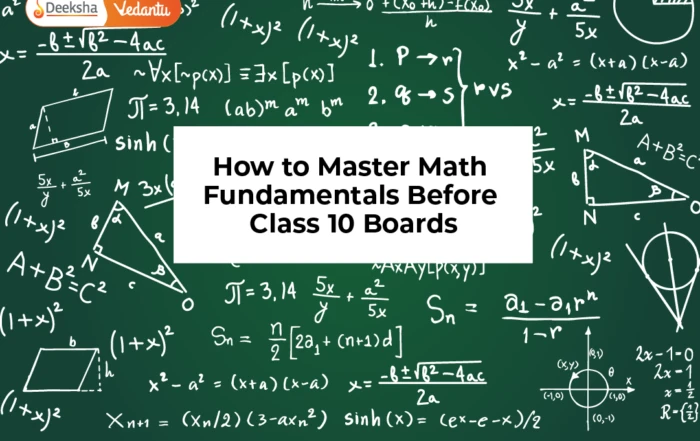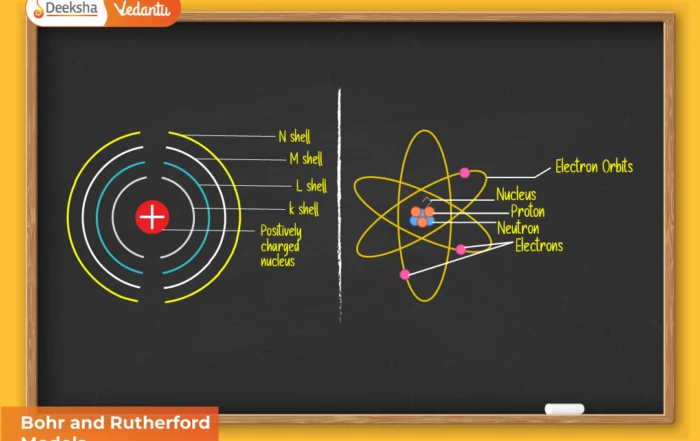In geometry, understanding sectors and segments of a circle is a fundamental concept essential for calculating specific portions of a circular region with precision. These divisions of a circle play an important role in various real-world applications and scenarios, such as urban planning for designing roundabouts and parks, manufacturing gears and wheels in engineering, or crafting intricate designs in architecture and art. This topic offers a comprehensive understanding of how to compute these areas accurately, using clear formulas, practical applications, and real-life examples that showcase their relevance.
Mastering the calculation of areas of sectors and segments not only enhances mathematical problem-solving abilities but also improves spatial awareness and logical thinking. This knowledge is invaluable in diverse fields such as architecture, engineering, manufacturing, and urban development. Additionally, understanding these calculations fosters critical thinking and analytical skills, essential for both academic achievement and practical problem-solving in everyday life.
Key Concepts
- Sector of a Circle: A region formed by two radii and the arc between them. The size of the sector is determined by the central angle, measured in degrees. Sectors are classified into:
- Major Sector: Covers more than half of the circle.
- Minor Sector: Covers less than half of the circle.
- The size of the sector is directly proportional to the measure of the central angle.
- Segment of a Circle: A region enclosed by a chord and the corresponding arc of the circle. Segments can be classified into:
- Major Segment: The larger area formed between a chord and the corresponding arc.
- Minor Segment: The smaller area between a chord and the arc.
- Central Angle (θ): The angle formed at the center of the circle by two radii that define the sector.
- Chord: A straight line connecting two points on the circumference of a circle that does not necessarily pass through the center.
- Arc: A curved section of the circle’s circumference that connects two points, defined by the central angle subtended at the circle’s center.
- Radius (r): The distance from the center of the circle to any point on its circumference, crucial for calculating both the area and the arc length.
- Circumference: The total distance around the circle, calculated using the formula:
.
Formulas for Areas of Sector and Segment
- Area of a Sector:
– This formula determines the portion of the circle’s area defined by the central angle.
- Area of a Segment:
– It subtracts the triangular area from the sector’s area.
- Length of an Arc:
– Represents the length of the arc subtended by the central angle.
- Area of Triangle in a Segment:
– Calculates the area of the triangle formed by the chord and the radii.
- Perimeter of a Sector:
– Accounts for both the arc length and the two radii.
Examples with Expanded Step-by-Step Solutions
Example 1: Determine the area of a sector with a radius of 14 cm and a central angle of .
Solution:
- Using the formula:
- Explanation: Since the central angle represents one-fourth of a full circle, the area of the sector is one-fourth of the entire area of the circle.
Answer:
Example 2: Calculate the area of a segment with a radius of 10 cm and a central angle of .
Solution:
- Area of Sector:
- Area of Triangle:
- Area of Segment:
Answer:
Example 3: Calculate the length of an arc with a radius of 7 cm and a central angle of .
Solution:
Answer:
Example 4: Find the perimeter of a sector with a radius of 8 cm and a central angle of .
Solution:
Answer:
Applications of Areas of Sector and Segment
- Engineering: Used in designing components such as gears, rotors, pulleys, and other mechanical discs that require precise geometric measurements.
- Architecture: Essential for calculating curved sections of structures, including arches, domes, and amphitheaters.
- Agriculture: Helpful in planning circular irrigation systems and determining the area of crop fields.
- Art and Design: Used in creating intricate circular patterns, mosaics, and decorative motifs.
- Urban Planning: Helps in designing circular parks, roundabouts, and fountains for efficient space utilization.











Get Social